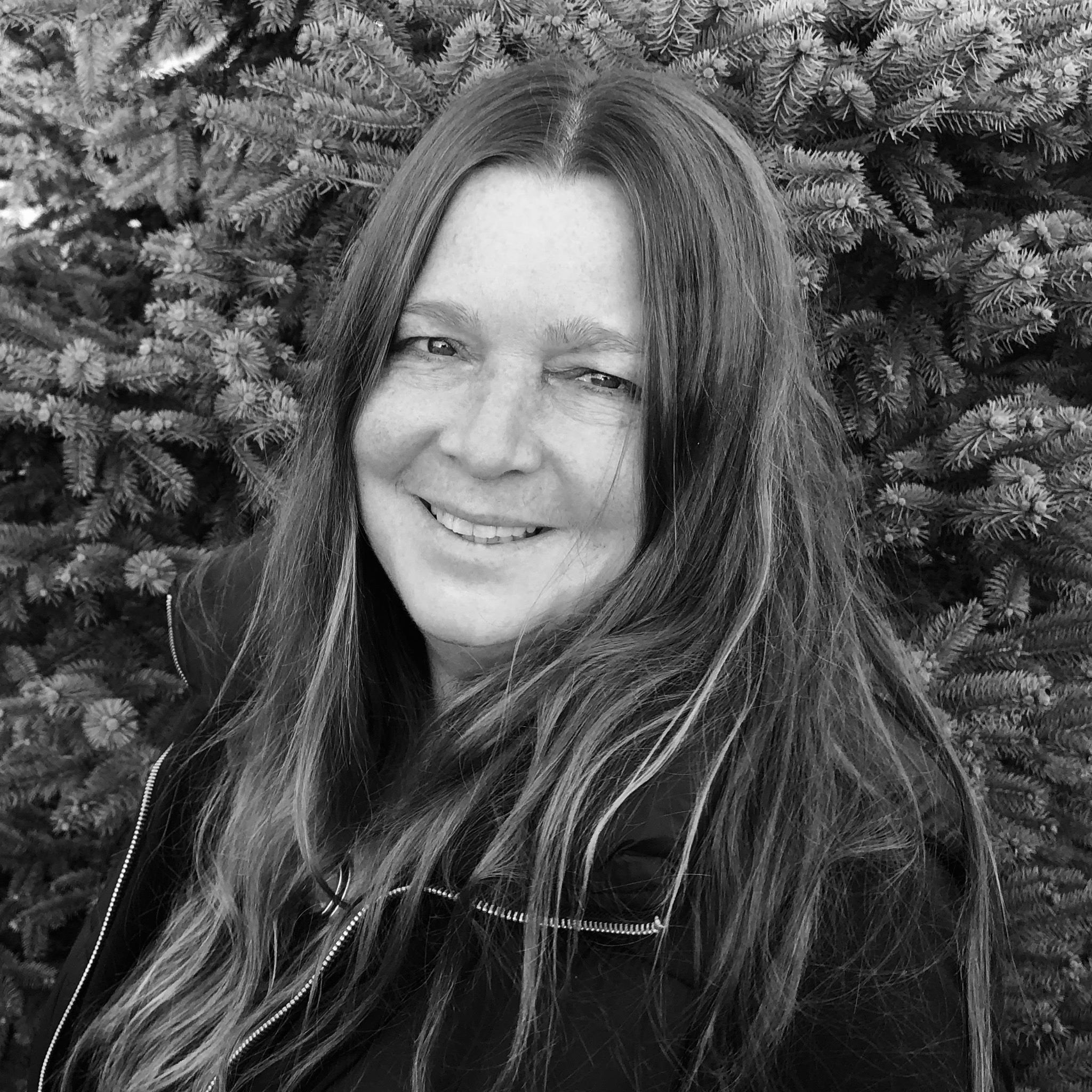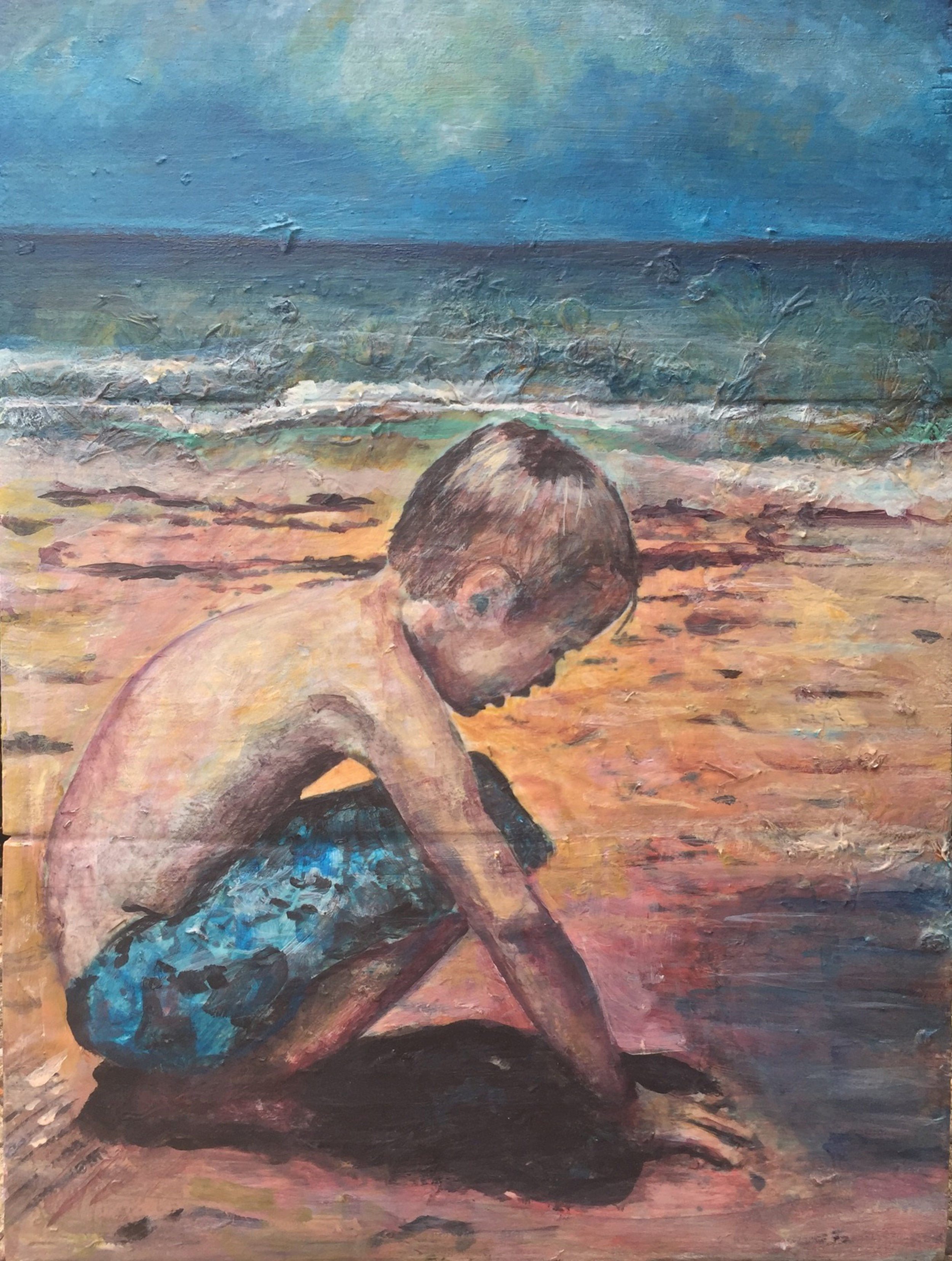John & Peter outside the WXOX Studios.
Lida Gordon: Process and Materials runs December 6 through February 25, 2025 at the Cressman Center for Visual Arts. There will be an opening reception Friday, December 6 from 5 - 7 pm.
Peter Bodnar III is an artist living in Louisville and Vinalhaven, Maine. He was an Assistant Professor at the Louisville School of Art from 1976 to 1983 and has taught at the University of Louisville. He was also a Visiting Lecturer in Drawing and Painting at Spalding University.
John Begley is a Printmaker, Installation, and Video Artist. From 1975 to 2014 he was a Curator and Gallery Director, including 19 years as Executive Director of LVA and several years with the UofL’s Hite Art Institute.
Lida Gordon's drawings and installations deal with archetypical female imagery in a contemporary context. She won many fellowships and awards including the Al Smith Fellowship: Kentucky Arts Council- National Endowment for the Arts in 1993, the Southern Arts Federation - National Endowment for the Arts in 1992, the Kentucky Arts Council Professional Assistance Award Fellowship in 1992, and the Kentucky Foundation for Women Visual Arts Grant in 1988. She was an Assistant Professor at the Louisville School of Art and founded the Fiber Art department at the University of Louisville’s Hite Institute for Art + Design.





























